Annapurna Region
Everest Region
Manaslu Region
Travel & Adventure
Annapurna circuit updat, Annapurna trekking condition, Everest trekking after rainfall, landslides in Nepal trekking, Manaslu circuit condition, Manaslu trekking update, Nepal monsoon forecast, Nepal tourism impact, Nepal travel advisory 2026, Nepal trekking forecast, Nepal trekking news, Nepal weather update, tourism recovery Nepal., trekking in Nepal 2026, trekking safety Nepal, weather in Everest region
anish maharjan
0 Comments
Heavy Rainfall Disrupts Trekking in Nepal 2026: Latest Updates from Everest, Manaslu, and Annapurna Routes

Unusually intense early-October rain has triggered landslides, flash floods and transport shutdowns across Nepal, creating a difficult start to the autumn trekking window. Authorities report dozens of fatalities and widespread disruption to roads and domestic flights, with eastern and central Nepal hit hardest. For a country where peak-season trekking underpins local livelihoods, the timing is painful: operators had been counting on a strong October–November to power tourism recovery into 2026.
This report pulls together the current situation on major trails, what it means for tourism stakeholders, official responses, and what the next 7–10 days of weather could look like for the Everest (Khumbu), Manaslu and Annapurna regions.
Current Situation in Major Trekking Regions
Everest Region (Khumbu)
- Landslides & blocked trails: The Namche–Jorsalle section on the main Everest trail has been blocked by a landslide. The Trekking Agencies’ Association of Nepal (TAAN) advises trekkers to use the upper “mule trail” 200–300 m above the main path until repairs are made. Several local operators have echoed the guidance, and Nepal business media have carried the advisory as well. Expect slower transit times between Monjo/Jorsalle and Namche and some congestion on the alternative track. (Online Khabar)
- Flights & access: Low visibility and persistent rain over the weekend grounded domestic flights at Tribhuvan International Airport (KTM), with ripple effects on Lukla operations. While conditions may improve day-to-day, agencies are urging flexible itineraries and buffer days for travelers transiting Kathmandu–Manthali–Lukla. (Radio Nepal Online)
- Trail condition snapshot: Lukla–Phakding–Namche remains passable (with the above detour), but rain-softened steps, slick rock and minor debris are common. Higher up, Tengboche and the ridgelines toward Dingboche/EBC can see fresh sluff and rockfall after heavy rain or wet snow. Local outlets also noted unusual snowfall on the greater Everest massif; plan for colder, windier passes and use updated route advice in lodges each evening. (Online Khabar)
Takeaway for Khumbu: Travel is possible but slowed, with one key detour (Namche–Jorsalle) and intermittent flight delays. Build in time and heed TAAN/local guidance.
Manaslu Region
- Washouts, bridges & road approach: The Manaslu approach roads from Kathmandu to Machha Khola are vulnerable to blockages in persistent rain; expect 8–9+ hours in normal conditions and longer during post-rain clearance. Operators caution that bridges between Machha Khola and Jagat are perennial weak points and can be temporarily unsafe after very heavy rainfall. Check with your agency before committing to the drive; if the Arughat–Soti Khola segment is disrupted, detours can add hours.
- On-trail villages: Lho, Shyala, Namrung, Sama Gaun, Samdo generally reopen quickly after monsoon pulses, but Dharmasala/Larke Phedi (the last camp before Larkya La) is basic with limited water/heat—arrive early and carry extra warm layers if a backlog of trekkers forms. Operators in recent weeks had reported the route “fully open” in fine weather; however, after this rain event, expect spot repairs and localized delays on narrow benched paths above the Budi Gandaki. Confirm the bridge status day-by-day with lodge owners and guides.
- Permits & guidance: Manaslu remains a restricted area requiring a licensed agency and guide—valuable now for rerouting and local intelligence when weather shifts and micro-closures occur.
Takeaway for Manaslu: The circuit is operational with caveats—bridge checks and road approaches are the main variables after heavy rain. Agency-led flexibility is essential.
Annapurna Region
- Landslides & route disruptions: The Annapurna Circuit has classic landslide pinch points on the lower Marsyangdi side (Besisahar–Chame), while ABC has narrow gorges (e.g., Chhomrong–Deurali) that are rockfall-prone in/after rain. These hazards tend to ease as the trail rises into Manang’s rain-shadow, but short-term washouts can still disrupt footbridges and mule trails.
- District advisories: In the wider Annapurna gateway of Kaski, officials issued notices urging tourists to avoid trekking during the immediate weather window—covering ABC, Mardi Himal, and other popular routes. Travelers should confirm with the Kaski DAO/ACAP posts before departing Pokhara. (myRepublica)
- Transport to trailheads: Road closures/blocks have been reported across Koshi and Bagmati provinces (multiple highways) following the rain; while these are not all in Annapurna, network effects can delay buses/jeeps into Pokhara, Jomsom, and Manang. Keep your transfer plans flexible and check live status with your operator. (Online Khabar)
Takeaway for Annapurna: Lower sections are most impacted immediately after heavy rain; conditions improve with a 1–3 day drying window, but heed local district advisories before setting off.
Impact on Tourism and Stakeholders
- Agencies & lodges: Tour operators face departure postponements, re-routing and higher operating costs (extra porter days, vehicle holds, rescheduling fees). In hill districts, teahouse occupancy drops abruptly when road/flight links fail, cutting cashflow for family-run lodges that rely on October–November revenues.
- Guides & porters: Delays directly reduce wages (trip cancellations) or increase hardship (extra carry days in poor weather). However, strong safety practices—spacing clients on landslide slopes, early starts, and daylight finishes—help retain trust and protect future bookings.
- Local economies: The autumn trekking season pays for winter provisions in remote villages. Extended weather disruptions multiply the risk of short-term food insecurity (if supply jeeps stall) and debt rollovers for lodge upgrades done ahead of the season. Government-supported trail repair jobs and interest relief on microloans can soften the blow if targeted quickly.
- National picture: With domestic flights suspended during the worst visibility and dozens of highway blockages, the immediate shock cascades into city hotels, gear shops and transport cooperatives that depend on seasonal peaks. (Radio Nepal Online)
Government and Local Response
- Rescue & relief: National and district agencies mobilized helicopters and ground crews to reach isolated settlements, with priority on medical evacuations and shelter relocations. International partners, including India, publicly offered assistance. (AP News)
- Advisories & restrictions: District administrations (e.g., Kaski) issued notices discouraging trekking during the heaviest phase; aviation authorities halted domestic flights during low-visibility windows; and road agencies reported multi-point closures across the east/central network. (
- Infrastructure & trails: Local governments and conservation bodies prioritize debris clearance, bridge inspections, and temporary re-routes on popular corridors (e.g., Namche–Jorsalle). TAAN’s rapid alternative route guidance shows effective public-private coordination—critical for keeping the Khumbu moving safely. (Online Khabar)
Upcoming Weather Forecast & Predictions (Next 7–10 Days)
- National trend: The Department of Hydrology and Meteorology (DHM) continues to publish special alerts and multi-day forecasts across tourism/aviation products. As this low weakens, models suggest a gradual easing from west to east, but orographic showers can linger on south-facing slopes, especially in Koshi/Bagmati. Trekkers should treat the first 24–72 hours after heavy rain as higher risk for secondary landslides. (DHM)
- Everest (Khumbu): Expect improving visibility after the system exits, but windy, colder conditions on ridges with a chance of wet snow at 4,500–5,200 m in afternoon convective cells. The Namche–Jorsalle detour is likely to remain in place until crews secure slopes and clear debris; check daily with lodges/ward offices. (Online Khabar)
- Manaslu: A 2–4 day drying window typically stabilizes bench cut paths above the Budi Gandaki; however, bridge inspections (Machha Khola–Jagat) and small gully washouts may prolong spot delays. Agencies should plan progressive starts (stagger teams) through the lower valley mid-week if DHM shows sustained easing.
- Annapurna: Lower ABC approach and lower Circuit sections need 48–72 hours of sustained dry weather before crews declare fragile slopes stable. In the Manang/Thorong rain-shadow, improved trekking windows often arrive earlier, but check DAO Kaski updates if starting from Pokhara; lingering alerts can affect transport staging.
Bottom line: A cautious, phased restart is realistic later this week if forecasts hold. Monitor DHM bulletins and operator updates daily. (DHM)
Advice for Trekkers and Tourists
- Stay flexible with routes and dates. Build 2–3 buffer days into itineraries, especially if flying via Manthali–Lukla. Consider road transfers as backups if aviation holds. (Radio Nepal Online)
- Use licensed local guides/agencies. Manaslu legally requires one—and in all regions, guides coordinate real-time detours, permits, and lodge holds during disruptions.
- Check verified updates twice daily. Follow DHM for forecasts; TAAN/local operator posts for trail notices (e.g., Namche–Jorsalle); and district administrations (e.g., Kaski) for formal advisories. (DHM)
- Prioritize landslide timing. Cross landslide gullies early morning when slopes are firmer; avoid loitering beneath rockfall zones. Trek with poles and microspikes if wet, and maintain 50–70 m spacing on suspect traverses.
- Insurance & comms. Carry evacuation-grade insurance covering helicopter rescue and weather-related delays. Bring power banks, and consider satellite messengers where cell coverage is patchy.
- Health & safety. After rains, water sources can be contaminated—treat all water. In higher zones, expect colder snaps and pack insulation, rain shell, and dry socks.
- Respect local capacity. Lodges may be short-staffed and dealing with supply delays. Book dinners where you sleep; arrive before 4 pm to secure rooms during partial reopenings.
Tourism & Economic Outlook (Short Term)
In the next two weeks, Nepal’s mountain economy will likely see:
- Lower occupancy and rolling cancellations while travelers reshuffle dates.
- Higher operating costs for agencies managing detours/extra porter days.
- Quick rebounds in traffic as trails reopen, especially in rain-shadow areas and well-maintained national park segments—if weather stabilizes.
- Continued media attention on infrastructure resilience; targeted trail-repair jobs and micro-grant support could help village lodges bridge the cash-flow gap.
National coverage underscores the seriousness of this rain pulse—fatalities, flooded highways, and aviation disruption—but also shows a robust government relief posture and regional support offers from neighbors.
Conclusion
Nepal’s trekking industry is resilient and has learned to adapt quickly. After this bout of heavy rainfall, the smart play is a measured restart: verify trail status, plan detours (e.g., Namche–Jorsalle upper route), and sequence departures to avoid bottlenecks. With a 2–4 day drying trend, expect conditions to improve in stages, first on rain-shadow routes and then on lower, slide-prone sections as crews complete cleanup. Travelers who stay informed, flexible, and guided by local expertise will still find safe, rewarding Himalayan journeys as we move toward trekking in Nepal 2026. (Online Khabar)
Lorem ipsum dolor sit amet, consectetur adipiscing elit. Ut elit tellus, luctus nec ullamcorper mattis, pulvinar dapibus leo.
Tag
Annapurna circuit updat Annapurna trekking condition Everest trekking after rainfall landslides in Nepal trekking Manaslu circuit condition Manaslu trekking update Nepal monsoon forecast Nepal tourism impact Nepal travel advisory 2026 Nepal trekking forecast Nepal trekking news Nepal weather update tourism recovery Nepal. trekking in Nepal 2026 trekking safety Nepal weather in Everest region
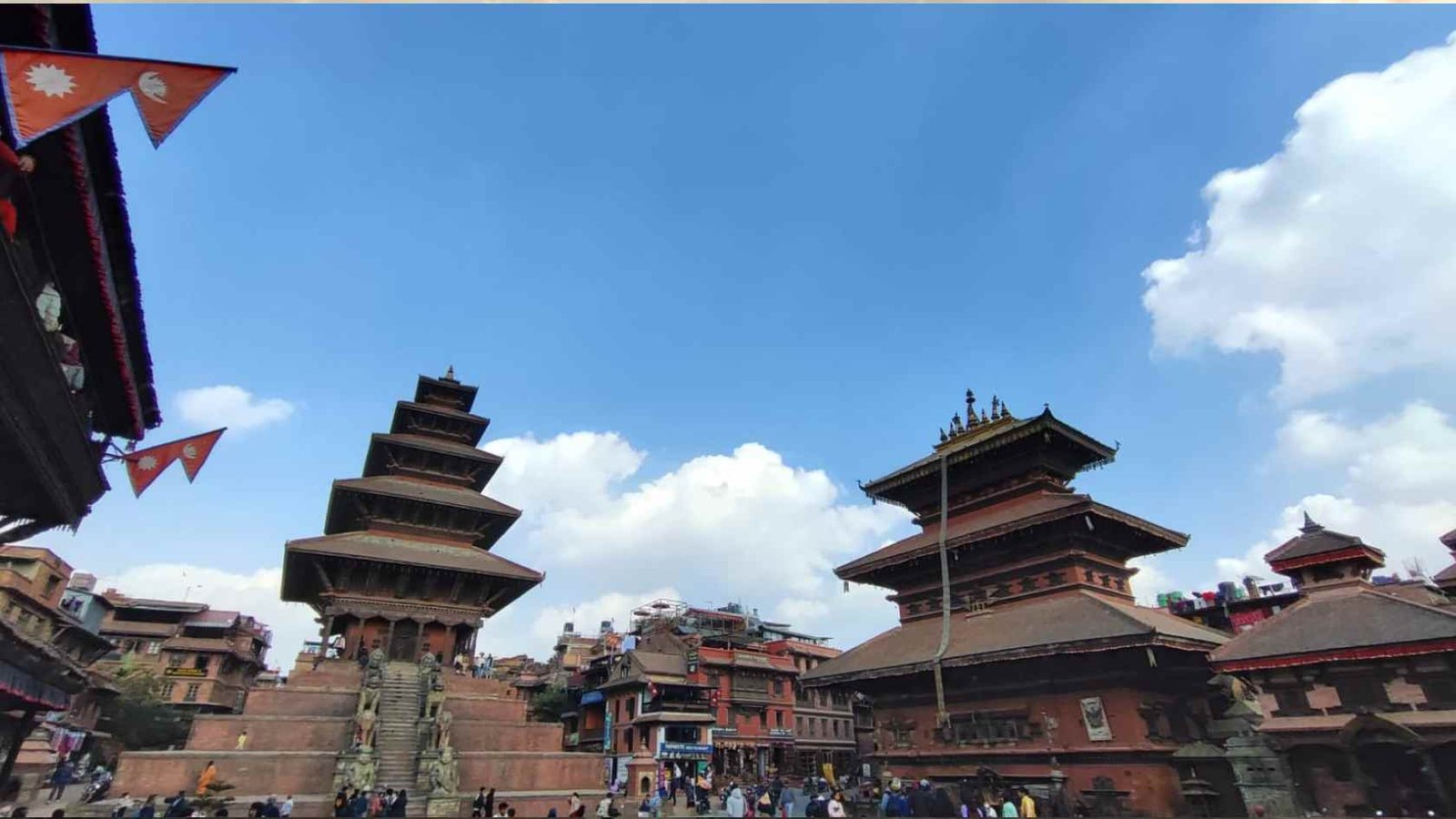


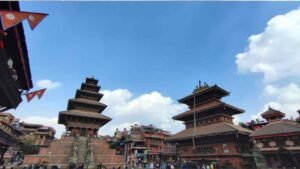
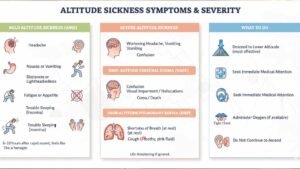
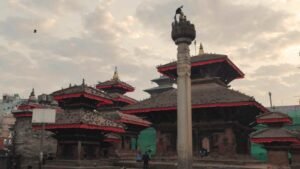

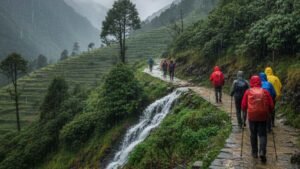
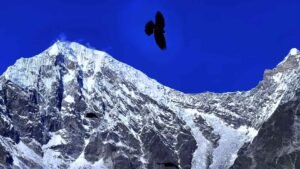
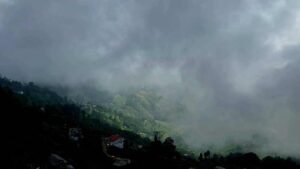

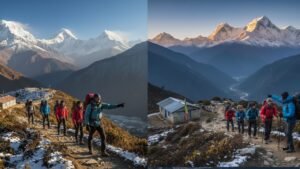
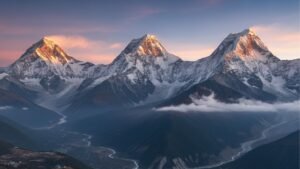
Post Comment